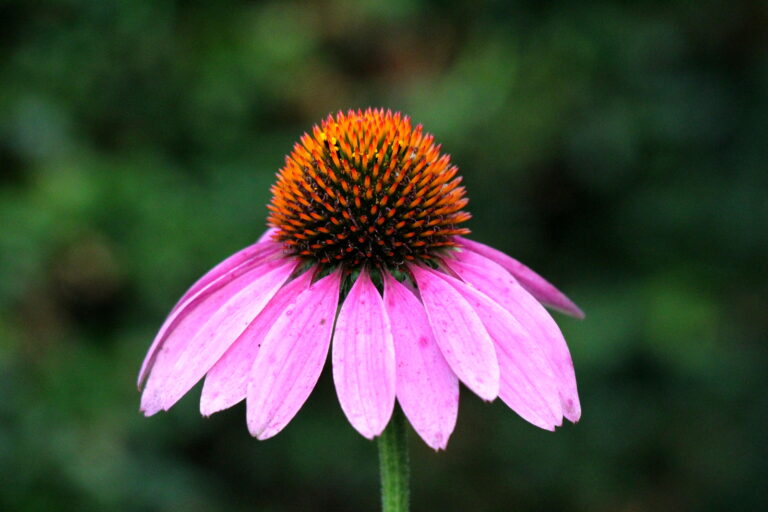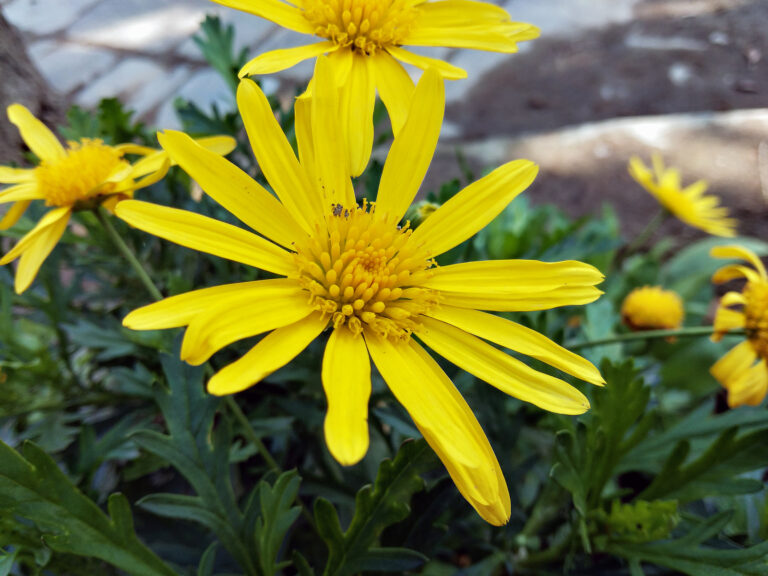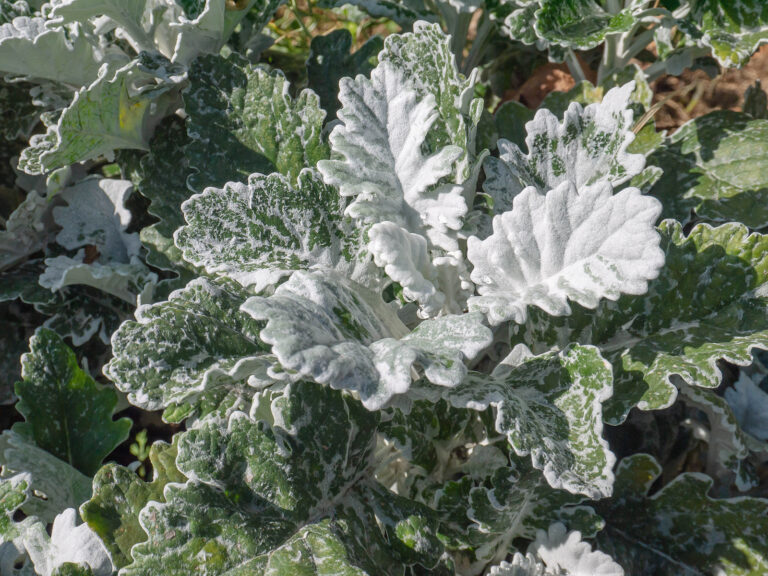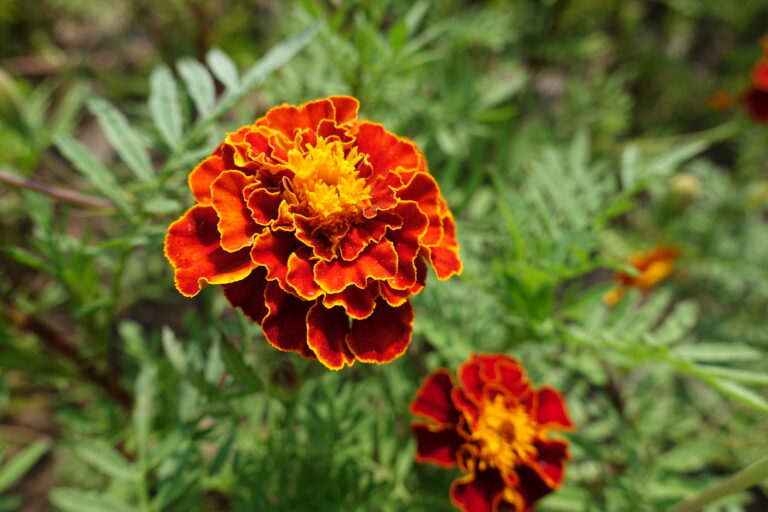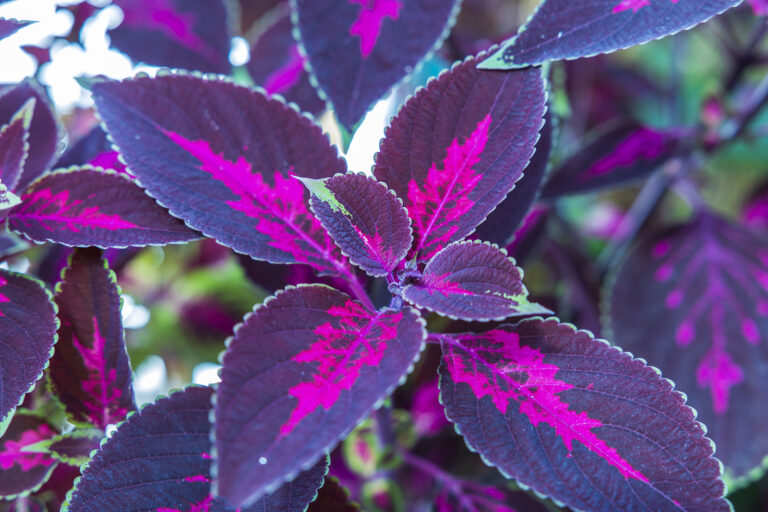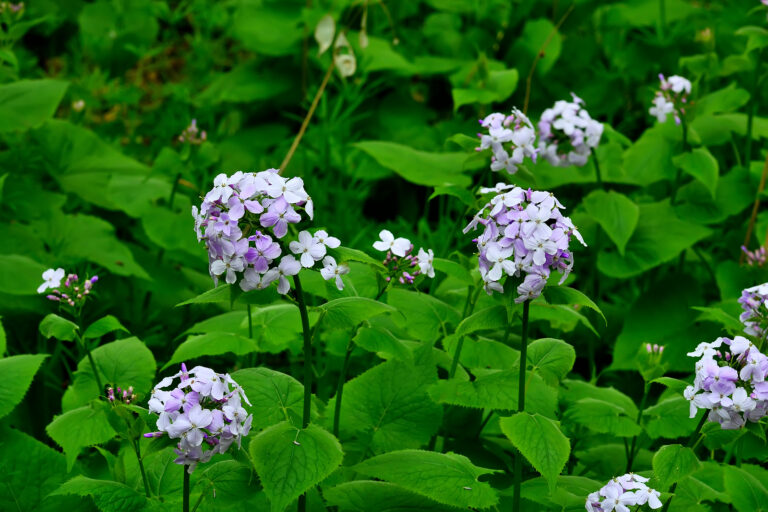Thyme Planting, Growing & Harvest Guide – Harvest to Table
Thyme is a genus of aromatic herbs or shrubby plants that belong to the mint family. There are several vrieties of thyme that are cultivated as bohyt ornamental and sweet herbs. Most have small lavender or pink flowers. They are often planted in the rock gardens, as borders in ornamental gardens, or in herb gardens.
Thyme grows easily in ordinary garden soil. They are easily propagated from cuttings or seed.
Often grown in ornamental plantings is Thymus praecox arcticus, commonly called mother-of-thyme grows. It is an aromatic, creeping, mat-forming evergreen with tiny, ¼ inch (6mm) leaves. Small ½ inch (12mm) rose-purple flowers bloom in clusters atop 4-inch (210cm) stems in summer.
Get to know Thyme
- Plant type: Perennial summer-flowering groundcover
- Growing Zones and range: 5-9
- Hardiness: Tender
- Height and width: 4”- 8” tall, 8”- 12” wide
- Foliage: Very small ¼ inch leaves elongated heart-shaped
- Flowers: Pink and white
- Bloom time: Spring and summer
- Uses: Groundcover, rock garden, drought-tolerant, attracts bees
- Botanical name: Thymus spp.
- Common name: Creeping Thyme
Where to plant Thyme
- Plant creeping thyme in full sun; planting in part shade is best in hot climates.
- Grow creeping thyme in light, loose, well-drained alkaline soil.
- Creeping thyme grows well in hot, dry, alkaline soil.
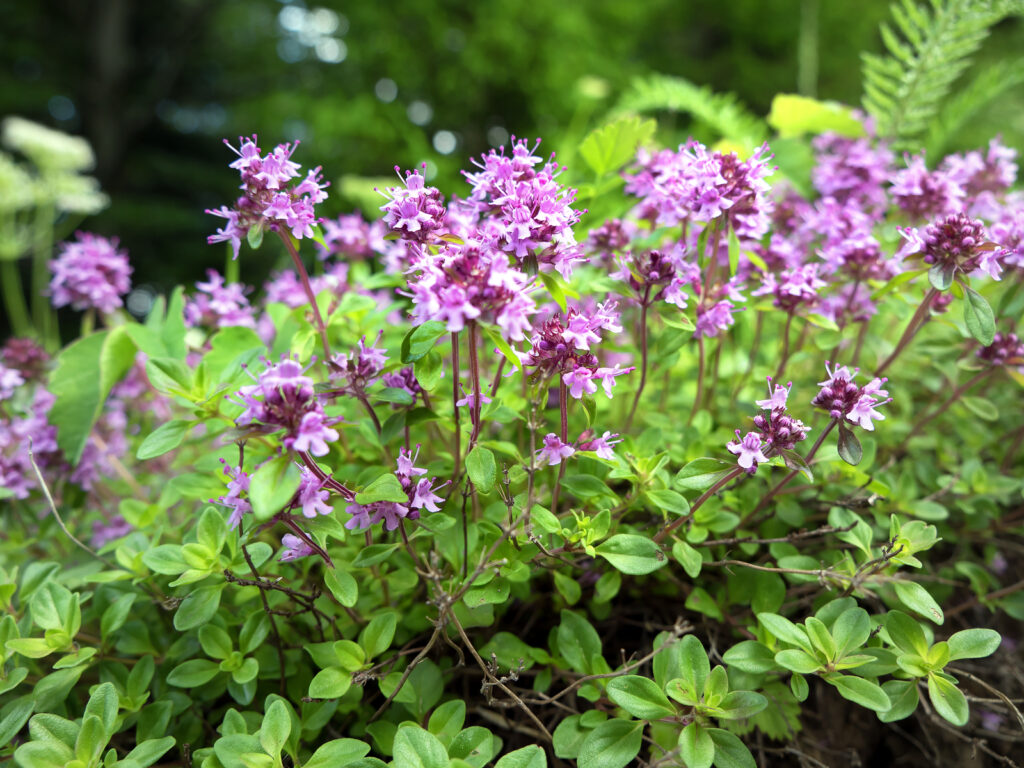
When to plant Thyme
- Set creeping thyme in the garden in spring or fall.
Planting and spacing Thyme
- Space creeping thyme 8 to 12 inches apart.
How to water and feed Thyme
- Creeping thyme needs moderate moisture; keep the soil evenly moist. Established plants are drought tolerant.
- Creeping thyme does not need fertilizer.
Thyme care
- Cut plants back to an inch or two in they become too tall or messy.
Thyme propagation
- Sow seed in containers in spring.
- Divide in spring or take a cutting to root in late spring.
Thyme varieties to grow
- Thymus x citriodorus, lemon-scented thyme, lemon-scented mid-green leaves; pale lavender flowers in summer.
- T. praecox arcticus, commonly called mother-of-thyme grows to 4 inches tall; a groundcover with dark green leaves and rose, purple, crimson or white flowers.
- T. pseudolanuginosus (wooly thyme): tiny gray, woolly leaves turn steely purple in winter, mat-forming, rose-pink flowers.
- T. serphyllum, mother of thyme, trailing stems; purple flowers; several cultivars include ‘Elfin’ which forms dense mounds.
- T. vulgaris, common thyme, cushion-forming, gray-green leaves; purple to white flowers in summer. ‘Argentus’ is silver thyme with a strong lemon scent.


